To run a Bash shell script in MSYS2 without showing a window, you should right-click on your Desktop or somewhere else in Windows Explorer, select "New", select "Shortcut", and then enter something like this for the shortcut target:
C:\msys64\usr\bin\mintty.exe -w hide /bin/env MSYSTEM=MINGW64 /bin/bash -l /c/Users/rom1v/project/release.sh
Note that there are 4 paths in here. The path to mintty and release.sh are absolute paths that you will need to adjust. The paths to env and bash are relative to your MSYS2 installation directory. Note also that the first path must be a standard Windows path, since Windows expects that when it is running a shortcut.
Explanation
It might seem odd to use MinTTY for a non-interactive script, but we need to use some program that was compiled for the Windows subsystem (-mwindows option to GCC), or else Windows will automatically start a new console when we run the program. We pass the -w hide option to MinTTY to tell it not to actually show a window. Everything after that option is interpreted by MinTTY as a command to run.
So MinTTY will run /bin/env from the MSYS2 distribution and pass the remainder of the arguments on to it. This is a handy utility that is actually a standard part of Linux as well as MSYS2. It sets the MSYSTEM environment variable to MINGW64 (which is important later) and then it runs /bin/bash with the remainder of the command-line arguments.
We pass -l to Bash so that it acts as a login script, and runs certain startup scripts. In particular, the /etc/profile script from MSYS2 is essential because it looks at the MSYSTEM environment variable, sees that it is MINGW64, and then sets a bunch of other environment variables (e.g. PATH) to give you the MinGW 64-bit shell environment.
Finally, we pass the name of your script as the main argument to bash, so it will run that script after running the initialization scripts.
Error handling
Note that if your Bash script has an error, you won't get any notification, because the shortcut above doesn't open any console windows. I personally would find that pretty annoying. I'd probably remove the -w hide option, then make a wrapper bash script that just does something like:
run_my_main_script || sleep 10000
So if the main script is successful, exit right away, otherwise keep the window open for 10000 seconds. You don't have to even put that wrapper script in its own file, you can just put it in the shortcut as the argument to Bash's -c option (don't forget to wrap it in double quotes).
